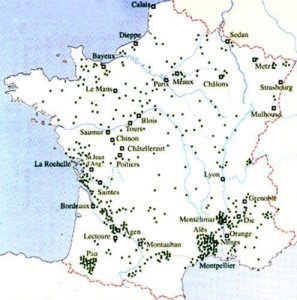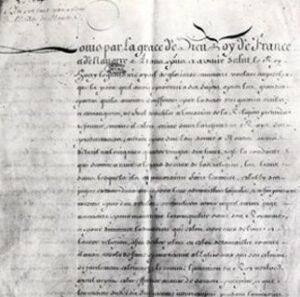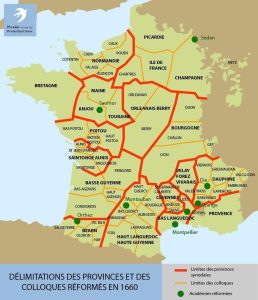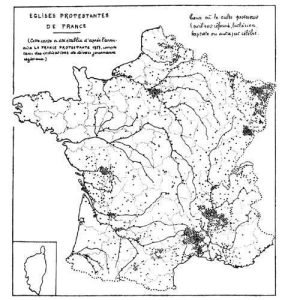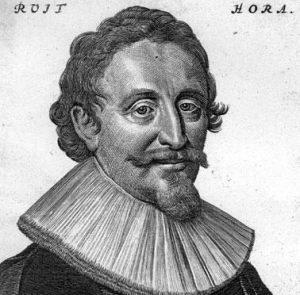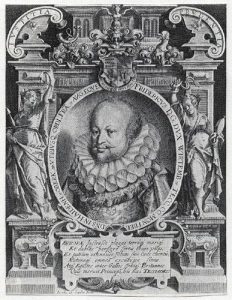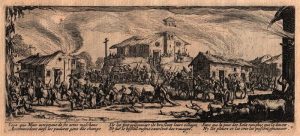The Protestants population gradually diminished in number
The protestant population gradually diminished over the 17th century. There were several reasons for this :
The first of these was not of a religious nature, the plague was responsible for a great many deaths in the following Protestant towns :
- Montpellier between 1629 and 1630,
- Anduze in 1650,
- Montauban between 1653 and 1654,
- Saumur in 1624 and in 1631.
Secondly, politics and war took a heavy toll amongst the Protestants. Towns such as La Rochelle and Privas suffered greatly during the sieges. Other towns lost their garrisons after the treaty of Alès (1629). The Protestant population was also reduced as a result of conversions to Catholicism.
From 1660 – 1670 virtually the whole of French Protestantism was Reformed. It formed a very small minority in the realm : about 800 000 inhabitants, that is to say 4,5% of the French population, scattered unevenly throughout the country. There were far fewer Protestants in the North than in the South of the country and the regions bordering the Atlantic.
The North of France
Here, Protestants were a very small minority group, with only 135 000 members in 171 Churches. It was all that remained from a time when many lords and town dwellers were Protestant, but whose numbers dwindled greatly when the nobility gave in to pressure by Richelieu and abandoned Protestantism, especially after the treaty of Alès. Protestantism was, however, able to survive in some pockets of the population where adherents were more numerous.
Regions bordering the Atlantic coast
The protestant population numbered 293 000 members in 227 Churches, mostly in rural areas. Large towns like Poitiers or Bordeaux had very few Protestants. Although many later moved away into the towns, their numbers were not really increased. The reason for this was that many, when arriving in the towns, converted to Catholicism.
The South of France
Here the Protestant population consisted of 369 000 members in 298 Churches. It was mostly rural and greatly benefited from influential Protestant families living in relatively important and closely linked towns. Such families were well represented in municipal and royal institutions and were thus able to protect the Churches in their administrative area. This southern region included pockets of Protestants who represented a large majority – a reminder of a previous overall Protestant situation.
In rural areas, the Protestants managed to resist to the surrounding demographic catholic pressure.
Pockets of Catholic population likewise existed in the midst of predominantly protestant areas, such as the Sumène valley in the Cévennes. The situation of such catholic minorities was difficult in times of trouble.
Alsace and the Montbéliard region
In Alsace, which was attached to France in 1648 (Strasbourg in 1681), Protestantism, especially of the Lutheran tradition, was firmly established : at the end of the 17th century, Alsace – where the edict of Fontainebleau could not be enforced – had about 90 000 Lutherans and 15000 to 20000 members of the Reformed faith. In the region of Montbéliard, which was only attached to France in 1793, the population was mostly Lutheran.

